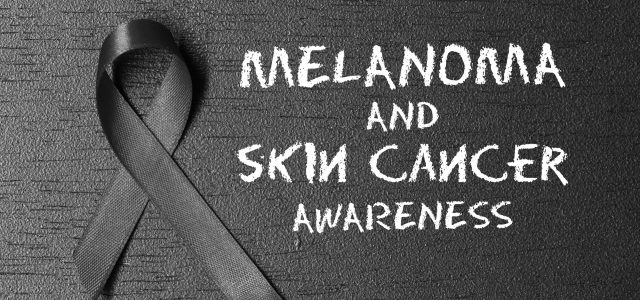
Spot the Signs
May is Skin Cancer Awareness Month and there’s more than 5.4 million cases in over 3.3 million people diagnosed annually, writes Tracy Hargreaves
Fortunately, skin cancer is also one of the most preventable forms of cancer and highly treatable when detected early. But would you know what signs to look for and how to prevent it?
Many go out into the sun, without slapping on the correct sunscreen, or worse still, none at all. Particularly as we don’t get that much sun in this country, when we do, our skin isn’t used to the exposure. As much as we want to soak up the rays, seek the shade, especially at peak times from 11am until 3pm. Apply sun cream regularly, and check the SPF rating. If you have fair skin, you should be looking at anything from factor 30 upwards. If you tan well, don’t think you don’t need any, you should still apply factor 10-15. You should also be checking the star rating of the sun cream that indicates protection against long term, permanent skin damage caused by UVA.
Cover up if out in the sun for long periods and wear a hat and UV-blocking sunglasses, avoid tanning booths and most importantly don’t burn.
Think about what you are doing for the day and dress and plan accordingly. If you’re out for a game of golf, there aren’t many trees for shade so it’s no surprise that golfers are at high risk of skin cancer.
Examine your skin head-to-toe every month and if you notice something that has changed, make an appointment with your GP as soon as you can. Early detection is vital. Do not ignore a suspicious spot simply because it does not hurt. Skin cancers may be painless, but dangerous all the same. Check for:
A skin growth that increases in size and appears pearly, translucent, tan, brown, black, or multicoloured
A mole, birthmark, beauty mark, or any brown spot that: changes colour, increases in size or thickness. Changes in texture, is irregular in outline, is bigger than 6mm or 1/4”.
A spot or sore that continues to itch, hurt, crust, scab, erode, or bleed or an open sore that does not heal within three weeks.
Encourage the whole family to look after themselves when out in the sun. Protecting your skin at an early age can prevent long term damage as well as ageing and that can only be a good thing.

